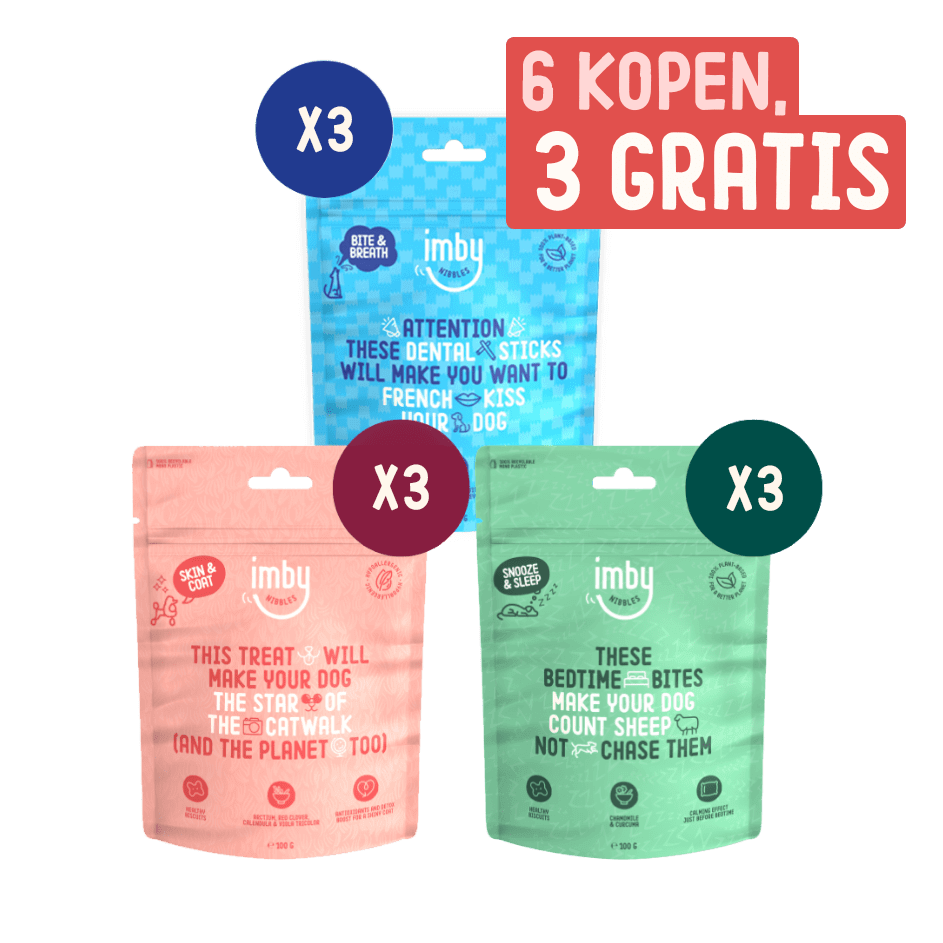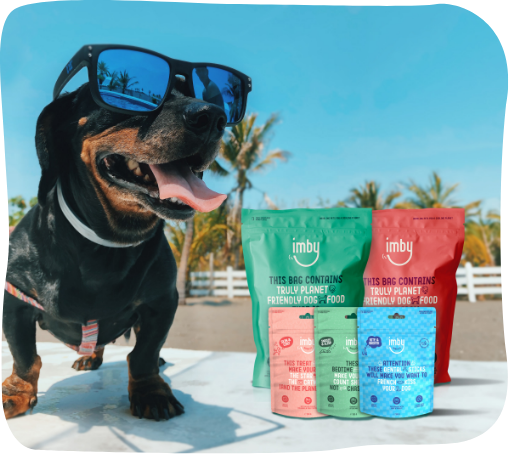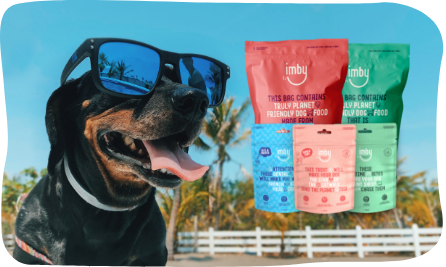Use code CHANGE20 for 20% off your first dog food order!
Use code CHANGE20 for 20% off your first dog food order!



Brushing your dog’s teeth might sound like overkill, but it’s actually a crucial part of their overall health. Just like humans, dogs can suffer from plaque, tartar, gum disease, and even heart problems if their oral hygiene is ignored. In this guide, you’ll learn why brushing matters, how to ease your dog into it, and what to do if brushing just isn’t an option.
Plaque starts building up within 24 hours after a meal. If it’s not removed, it hardens into tartar, which can irritate the gums and lead to inflammation (gingivitis) or more serious issues like periodontitis — where teeth become loose or fall out. Brushing helps prevent this buildup and protects your dog’s teeth and gums.
Bacteria from the mouth can enter the bloodstream and reach organs like the heart, liver, or kidneys. Regular brushing helps reduce the risk of serious health conditions — and it keeps your dog’s breath fresh too.
Daily brushing is ideal, but at least three times a week is the minimum to keep plaque under control. Just like with people, consistency makes all the difference.
Being prepared helps make the process easier — for both you and your dog. Here’s what you’ll need:
Tip: Some dogs prefer a finger brush or even a piece of gauze wrapped around your finger.
Begin by gently lifting your dog’s lips and touching their teeth for just a moment. Reward them right away so they associate the process with something positive.
Let your dog smell and taste a little. Most dog toothpastes come in flavours like peanut butter or poultry.
Use a bit of toothpaste and gently rub your dog’s teeth. Keep it brief and end with a treat.
Once your dog is comfortable, move to a proper toothbrush. Use soft, circular motions — especially along the outer surfaces where plaque builds up most.
One minute is plenty. Ending on a positive note makes it easier next time.
Not every dog will be thrilled about having their teeth brushed — and that’s okay. There are alternatives to help support dental health.
Chewing helps reduce plaque. Choose products with proven dental benefits (like those with the VOHC seal).
There are tasteless additives for water or gels you apply to the gums. They’re not a full replacement for brushing, but they do help.
Natural ingredients like seaweed or herbs may support oral health through enzymatic action. Always go for safe, high-quality formulas.
Brushing too aggressively – this can damage their gums.
Inconsistent brushing – once a month won’t help much.
Ignoring warning signs – red gums, bad breath, or excessive drooling can be signs of dental issues.
Have your dog’s teeth checked at least once a year, such as during vaccination visits. In some cases — especially with older dogs or breeds prone to dental issues — a professional cleaning under anaesthesia may be needed.
Brushing your dog’s teeth might take some practice, but it’s one of the best things you can do for their health and happiness. With patience, the right tools, and maybe a few natural add-ons, you’ll be setting your dog up for a healthier, longer life — with fresher breath as a bonus.
Looking for a plant-based dental stick to support your dog’s oral health? Imby Dental Sticks are packed with natural, active ingredients to support daily dental care — safe, tasty, and effective for your four-legged friend.






It's all to make your browsing and shopping experience at Imby, a real treat! Read more about it in our Privacy Policy.
4.8 out of 5 stars
based on 155 reviews



"*" indicates required fields